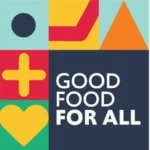The newly released 2022 The State of Food Security and Nutrition in the World (SOFI) report publishes the latest figures on hunger and malnutrition around the world. The report alerts us to a continued rise in world hunger at a time when countries across the globe struggle to recover from the COVID-19 pandemic and face a cost of living crisis, while unchecked climate change, protracted conflicts and inequalities further drive food insecurity and malnutrition. The increase in global hunger in 2021 reflects exacerbated inequalities across and within countries.
As the 2022 report assesses the situation in 2021, the newly available data mainly reflects the impact of COVID-19 mitigation efforts and the unequal recovery from the pandemic. The current cost of living crisis as well as the food systems disruptions and rise in food prices, triggered by the war in Ukraine, are not yet factored in.
Delving into this year’s report, find below five figures that capture the key takeaways.
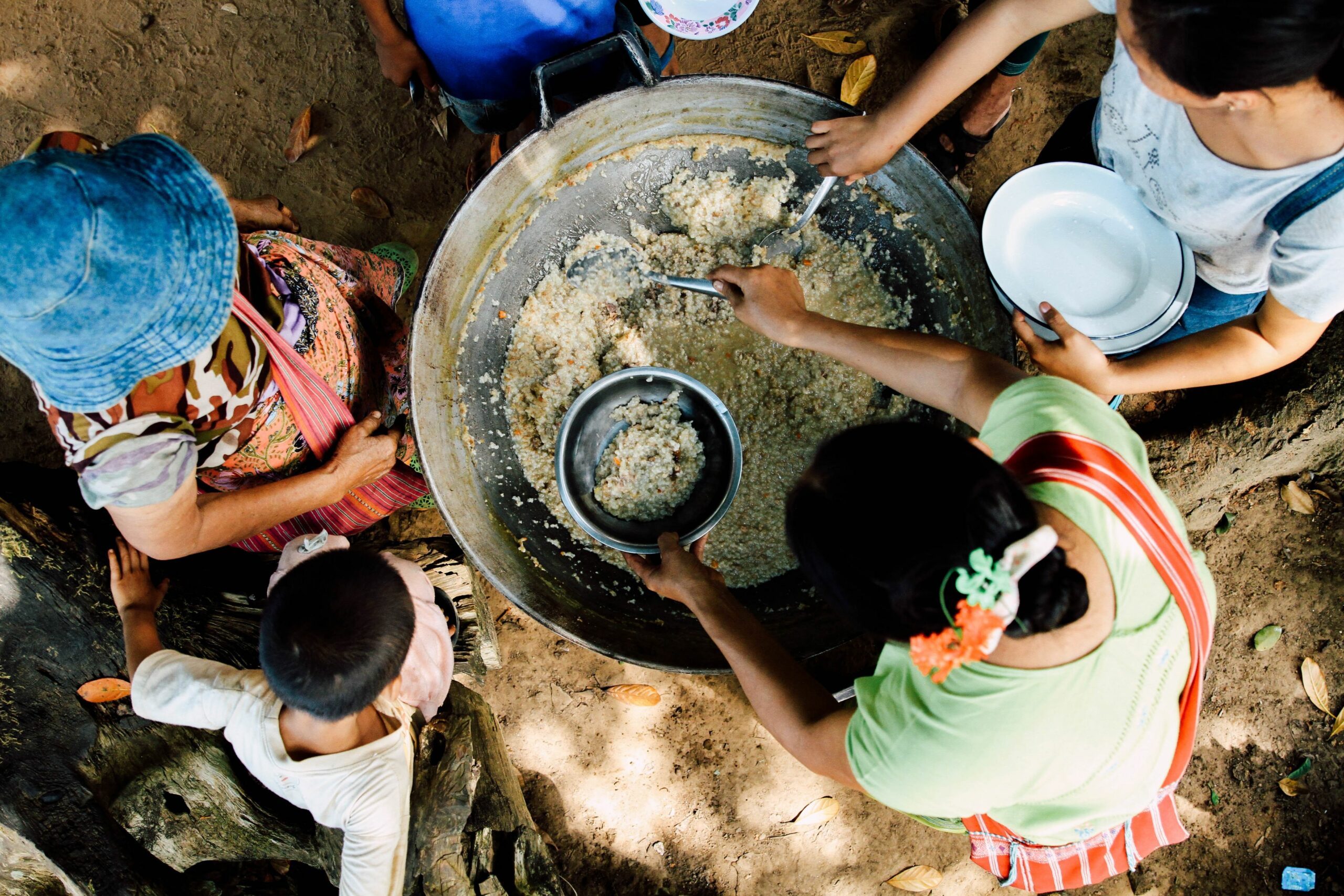
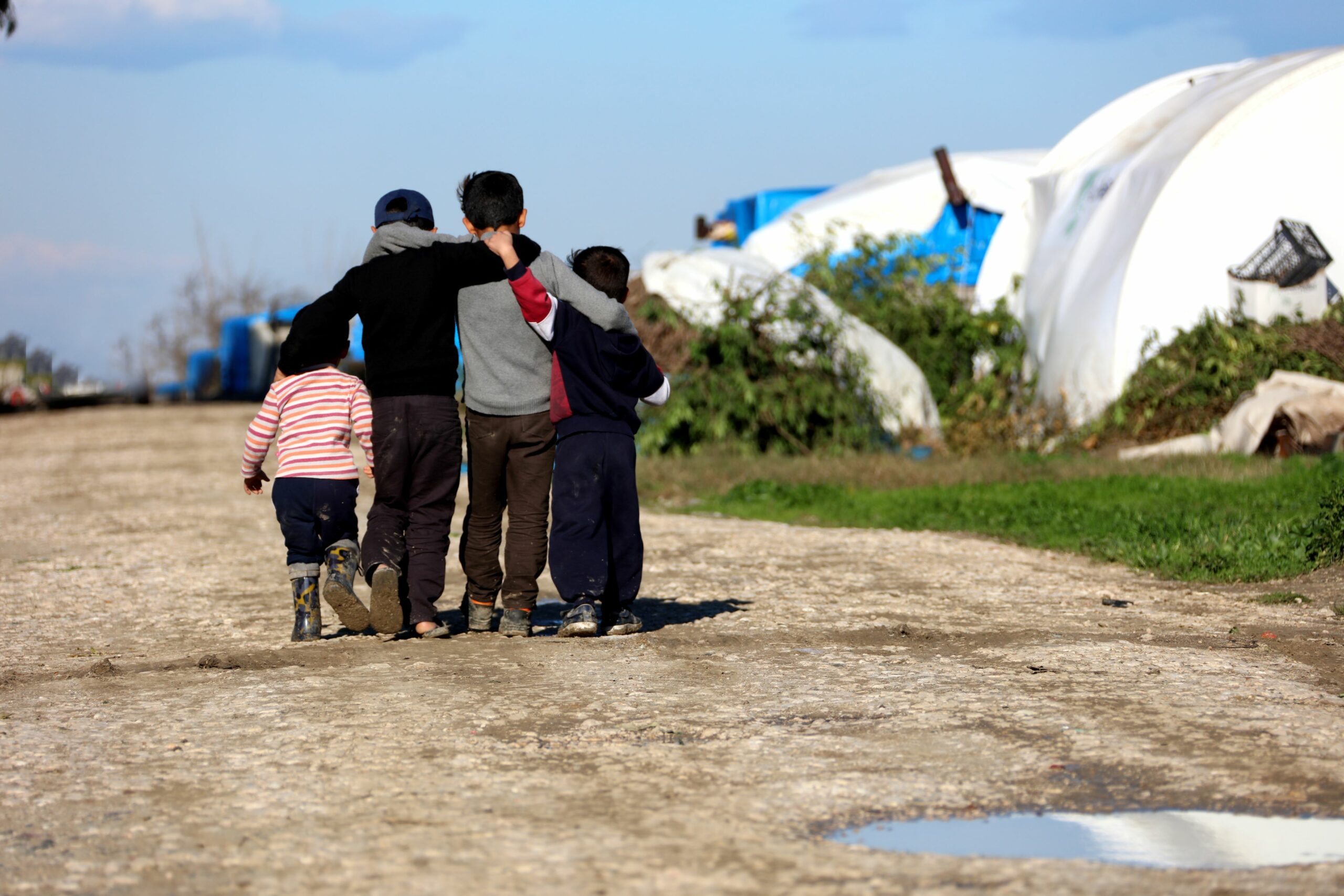
149 million children…
…under the age of five were stunted across the globe in 2020, a significant decline from 201.6 million in 2000. However, the report’s authors warn that this progress on stunting is now at risk due to climate, conflict and COVID-19.
Exclusive breastfeeding is the only other indicator that has seen progress since 2012. Reflecting the mixed progress on global malnutrition, the authors summarise that “immense efforts” are required if we are to accelerate progress and meet the 2030 Global Nutrition Targets.
3.1 billion people…
…could not afford a healthy diet in 2020. This is an increase of 112 million from the 2019 figure that the report attributes to the rising food prices triggered by the economic impacts of the COVID-19 pandemic and related mitigation measures. A spike in consumer food prices caused an increase in the average cost of a healthy diet in every region in the world. The report warns that the 112 million figure is only part of the picture, calculated based on food price shocks, and that it may increase further as income distribution data is made available.
Who are the most affected? SOFI 2022 notes that Asia saw the biggest jump – 78 million more people – in the number of people who were unable to afford a healthy diet, compared to Africa (25 million more people), Latin America and the Caribbean (8 million) and Europe (1 million).
USD $630 billion…
… is given by governments to support food and agriculture worldwide each year. Policy support differs across country income groups, time, food groups and commodities. Overall, SOFI 2022 warns that a significant portion of this support distorts markets, harms small-scale food producers and Indigenous Peoples, incentivises damaging the environment and fails to deliver healthy diets to the most vulnerable. What’s more, this support is largely directed to staple foods, dairy and protein-rich foods in high-income countries while fruits and vegetables are less supported and in some cases ‘penalised’ in low-income countries.
The good news is that repurposing agriculture support can help increase the availability of nutritious foods and contribute to making healthy diets less costly and more affordable. Policy makers must be mindful of the potential inequality trade-offs that may arise from this repurposing. SOFI 2022 also highlights the role of policies beyond the agrifood sphere – specifically social protection and healthy systems – that can bolster healthy food environments, empower consumers to make healthy food choices and mitigate any unintended impacts on the most vulnerable.
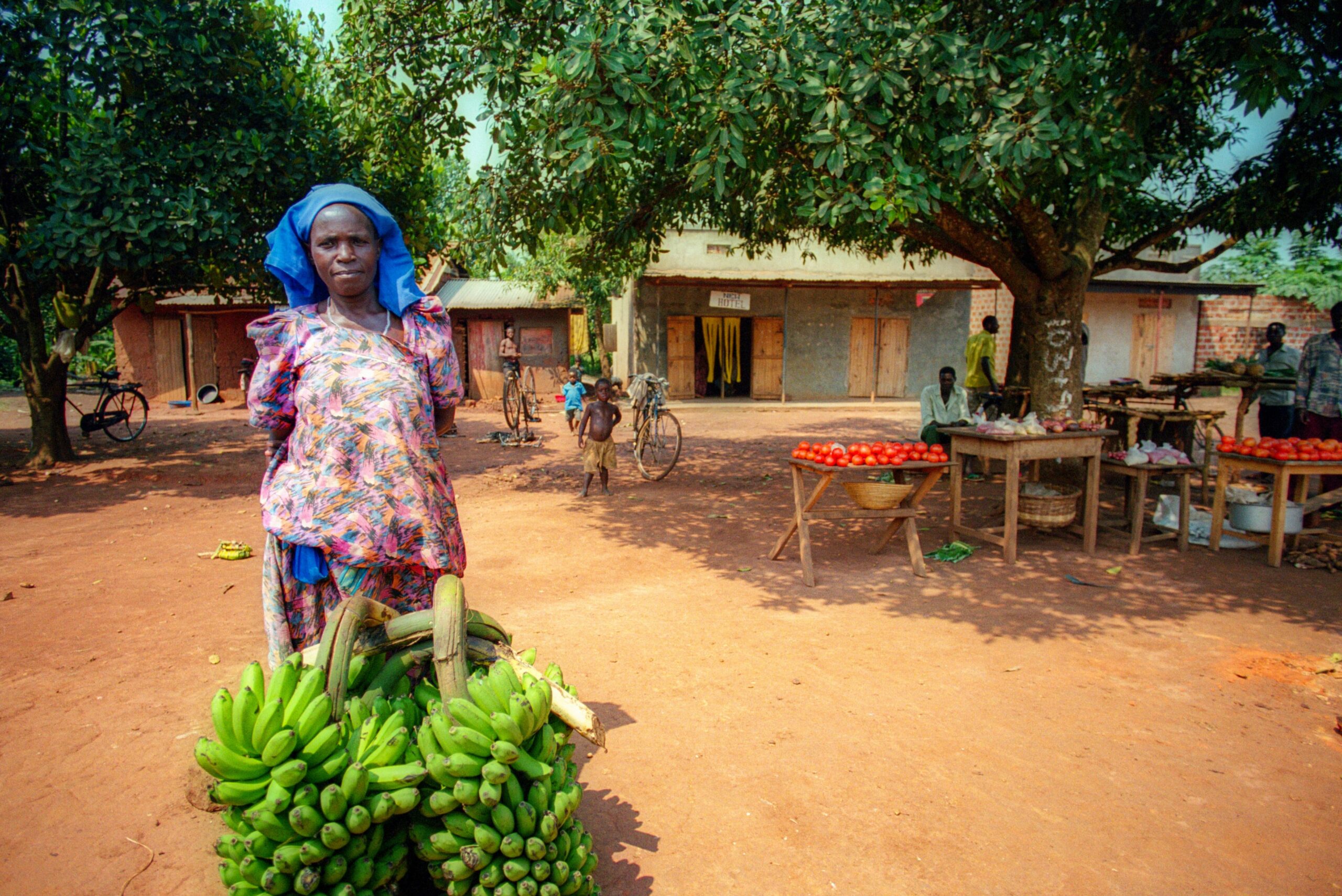
670 million people…
… or 8% of the world’s population will still face hunger in 2030 if we continue on this trajectory. This is the same figure as when the Global Goals were created in 2015. The five authoring agencies call for “bolder action” that builds our resilience to future shocks.
Join us in amplifying SOFI 2022! #SOFI2022
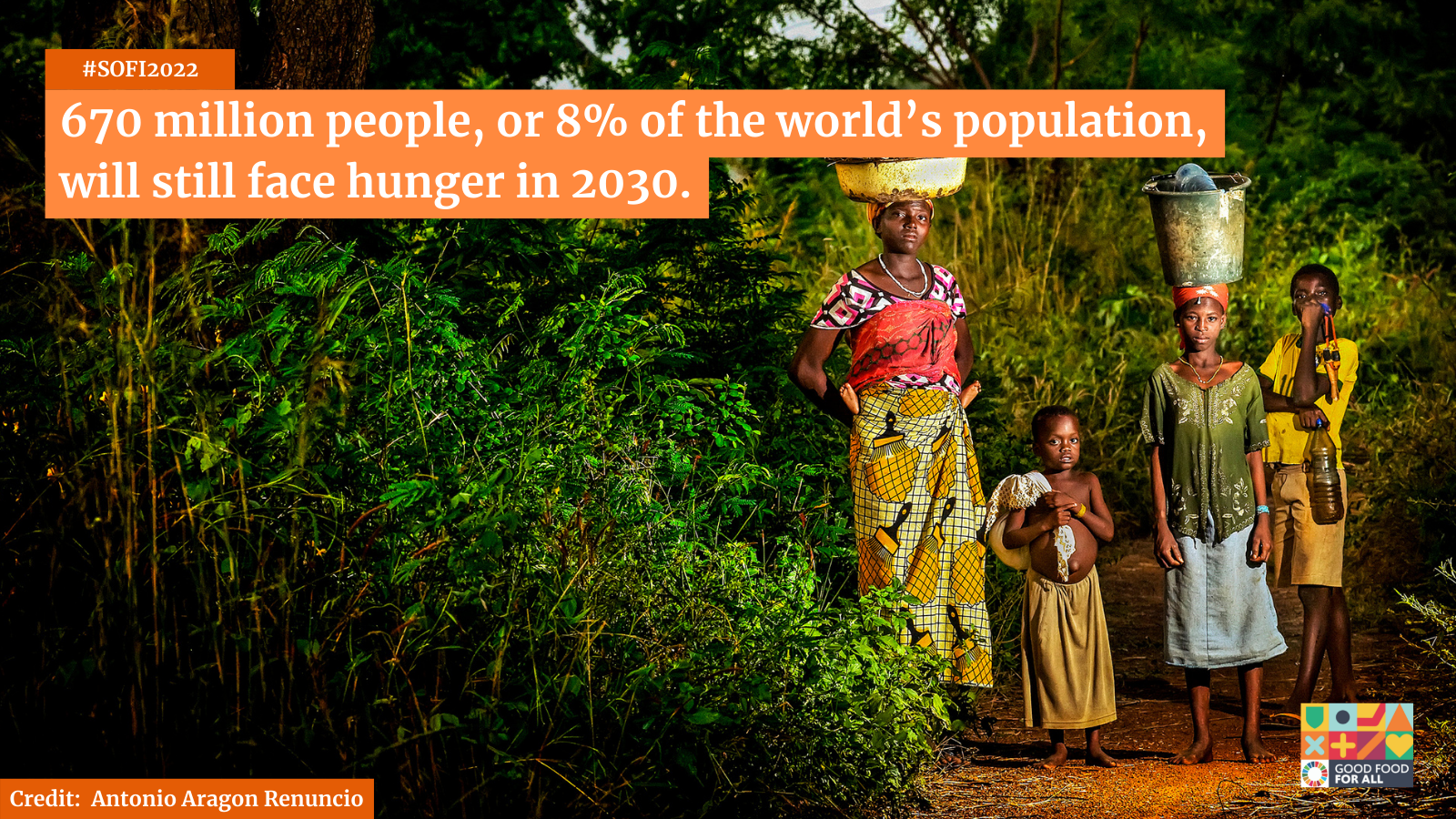
The full report can be downloaded here. Find the assets here. You can also use this white label toolkit to share SOFI 2022 findings.

